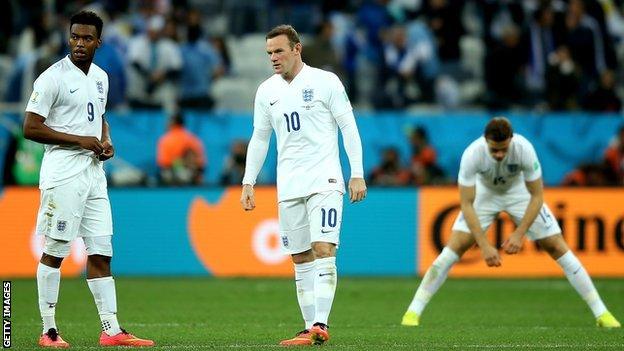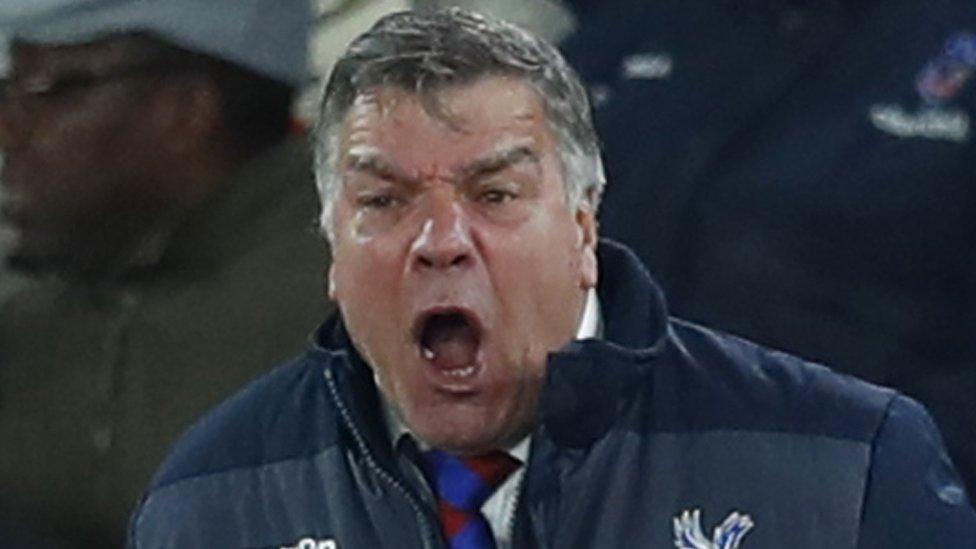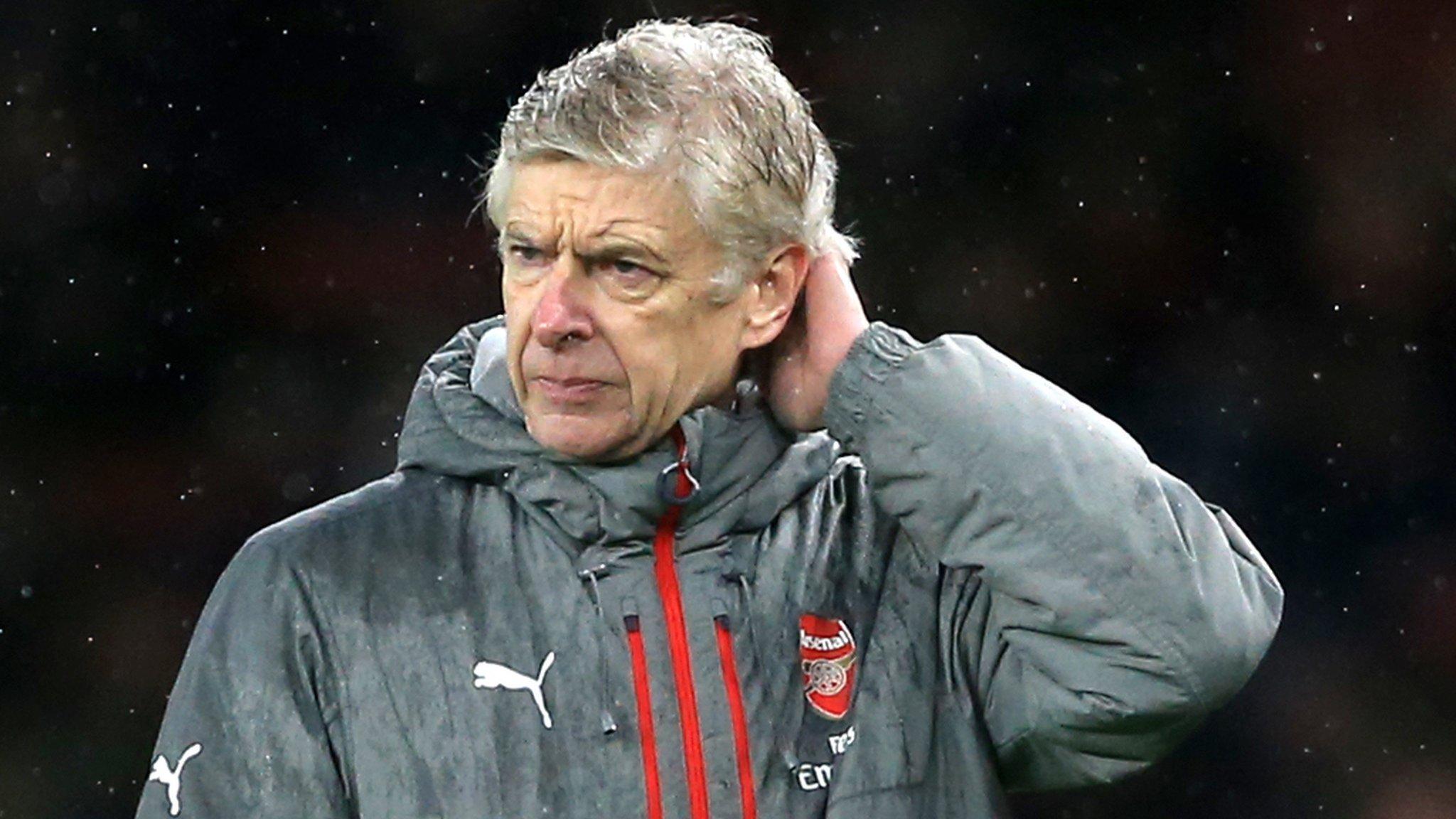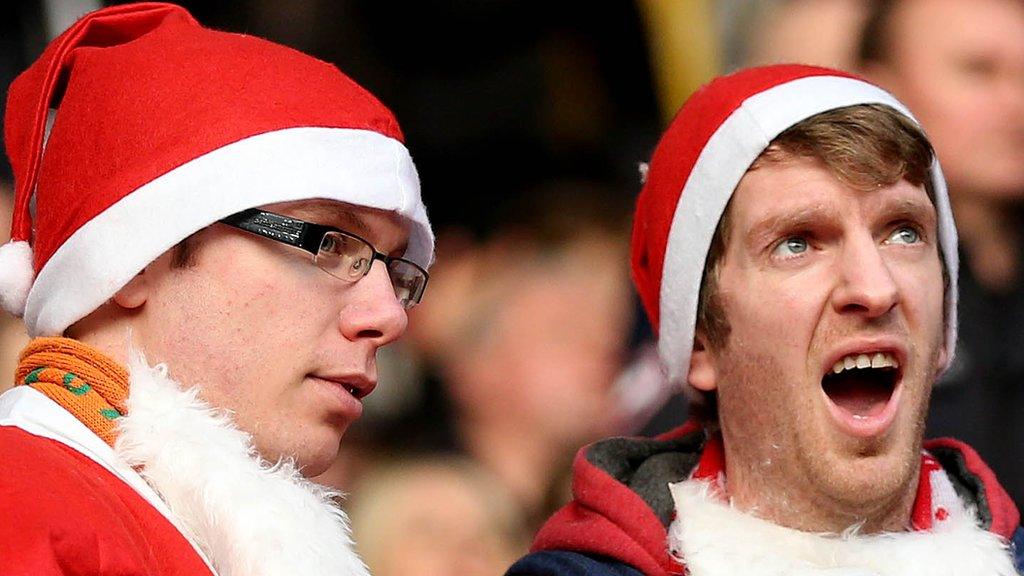Premier League festive fixtures 2017-18: Six games in 17 days next Christmas
- Published
- comments

Southampton had the fewest amount of hours of rest between games this season, culminating in a 3-0 defeat to Everton on 2 January
Arsene Wenger calls it "unfair", Jose Mourinho says it "creates problems" and Sam Allardyce thinks the person responsible for it should be sacked.
But with a shortened season next year to help England prepare for the 2018 World Cup, fixture congestion over the festive period could be even worse.
The Premier League has confirmed that a draft fixture schedule for next season could see six rounds of games over Christmas and New Year in 2017-18, as opposed to four this year.
That could see clubs playing six games in 17 days from 16 December 2017 to 1 January 2018 inclusive.
There are still several stages of the fixtures process to go, with nothing confirmed until June and final dates remaining subject to change after that announcement.
Yet should those factors result in two extra games during the festive period, the debate over the difference in rest between games for each side and calls for a winter break looks set to continue.
What is the draft fixture schedule for 2017-18?
Draft schedule 2017-18 | |
|---|---|
Saturday 16 December 2017 | Wednesday 20 December 2017 |
Saturday 23 December 2017 | Tuesday 26 December 2017 |
Saturday 30 December 2017 | Monday 1 January 2018 |
On Monday's Match of the Day, host Gary Lineker revealed next season's draft fixture schedule includes six games between the dates of 16 December 2017 and 1 January 2018 inclusive.
It is unlikely there will be a full round of 10 fixtures on each of the six matchdays, with games set to be moved in order to be televised.
But if the six potential matchdays represent separate rounds of top-flight action, then fans can look forward to 60 Premier League games in total over the course of that period.
How does this compare?
This season saw 40 Premier League games over a similar period, with each club having four fixtures between Saturday 17 December 2016 and Wednesday 4 January 2017 inclusive.
Those 40 fixtures were played on 12 separate matchdays, including a particularly busy run which saw at least one Premier League match on every day bar one between 26 December and 4 January.
The 2015-16 campaign also included 40 games played between Saturday 19 December 2015 and Sunday 3 January inclusive, but the fixtures were played on nine separate matchdays.
Perhaps the biggest difference between the last two seasons is evident in the Boxing Day fixture lists, with all 10 games played on 26 December 2015 whereas only eight games took place on the same day this season - with televised games between Liverpool and Stoke and Southampton and Tottenham following on 27 and 28 December respectively.
That greater spread of games resulted in widespread debate amongst Premier League managers over discrepancies in the amount of rest between games for each club.
Hours taken to play all three festive matches 26 Dec-4 Jan | |
|---|---|
Team (points won) | Hours from start of first game, to end of third |
Chelsea (6) | 223 |
Watford (1), Crystal Palace (1) | 201.5 |
Swansea (3) | 199 |
Arsenal (7), Bournemouth (4) | 198.75 |
Stoke (3) | 172.75 |
West Ham (3) | 172.5 |
Man Utd (9) | 172.25 |
Burnley (6), Everton (7), Sunderland (1), Tottenham (9), West Brom (6) | 170 |
Hull (1), Man City (6) | 167.75 |
Leicester (4), Middlesbrough (1) | 167.5 |
Liverpool (7) | 143.75 |
Southampton (0) | 117 |
What have the managers said?
Palace players are shattered - Allardyce
Arsenal manager Wenger was especially critical of this year's festive fixture list, calling it the "most uneven Christmas period" he has seen in 20 years.
He added: "The difference of rest periods is absolutely unbelievable, compared to the other teams it is unbelievable."
Wenger was far from alone, with Manchester United boss Jose Mourinho claiming, "it looks like the fixtures are chosen to give rest for some and to create problems to others".
All the way back in October, an incredulous Jurgen Klopp looked at Liverpool's festive fixture list and simply asked: "How do you prepare a team for this?"
Not all title-chasing managers were fazed by the fixture list though, with Chelsea boss Antonio Conte saying his rivals were "angry for our position [as leaders] not for the fixtures".
The stakes are just as high at the bottom of the table with Sam Allardyce claiming the fixture scheduling contributed to his "shattered" Crystal Palace side losing to relegation rivals Swansea on Tuesday.
Even Swansea first-team coach Alan Curtis acknowledged the discrepancy, adding: "We had 24 hours more rest compared to them and that may have made a difference."
What factors affect next season's fixture list?

England will hope to fare better in the 2018 World Cup than they did in the 2014 edition with a shortened season
Referring to the lucrative television rights deal signed by the Premier League, Wenger said: "I don't know any more whether the Premier League is the master of the fixtures."
While TV broadcast selections alter the specific dates of games, the initial fixture list is compiled by international IT services company Atos,, external on behalf of the Premier League.
The first step is inputting international dates from world governing body Fifa, then dates of the European club competitions from Uefa, before the Football Association adds in their competitions, leaving the dates on which league and League Cup matches can be played.
This process is complicated for the 2017-18 season due to an agreement with the FA to finish seasons early in tournament years - in this instance to give the England manager a month with his squad to prepare for the 2018 World Cup in Russia.
Where possible, the Premier League and FA will also try to establish a stand-alone date for the FA Cup final.
There are then numerous other factors including the distribution of home and away games and travel issues to consider, as well as further discussion and checks before the fixture list is released in mid-June.
The live TV broadcast selections for December 2017 will not be confirmed until four to six weeks before the start of the month,, external so managers will have to wait to see how they fare in terms of rest between games.
But two extra fixtures to fit in are unlikely to be a welcome Christmas gift for most.
- Published4 January 2017

- Published2 January 2017

- Published23 December 2016

- Published14 October 2016
